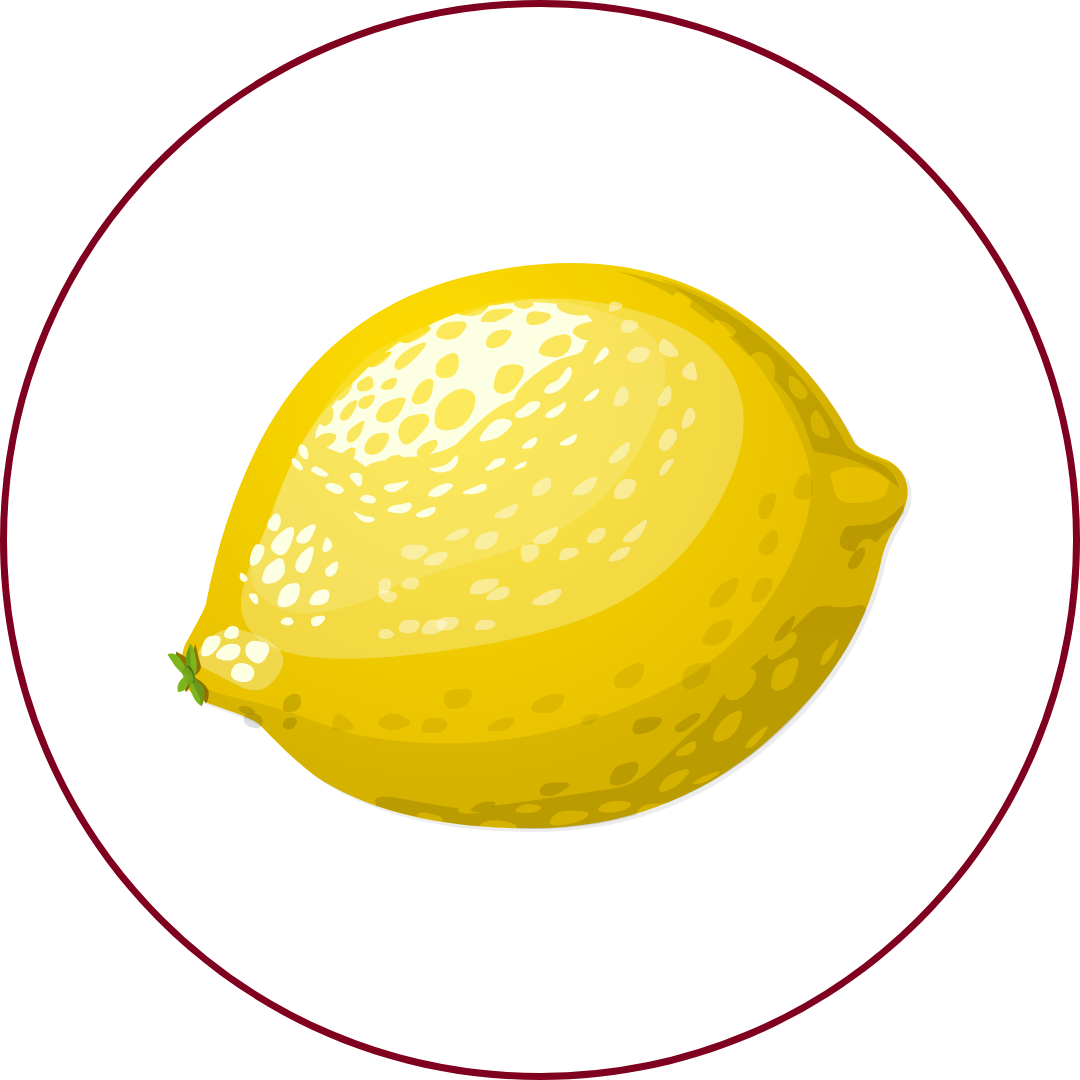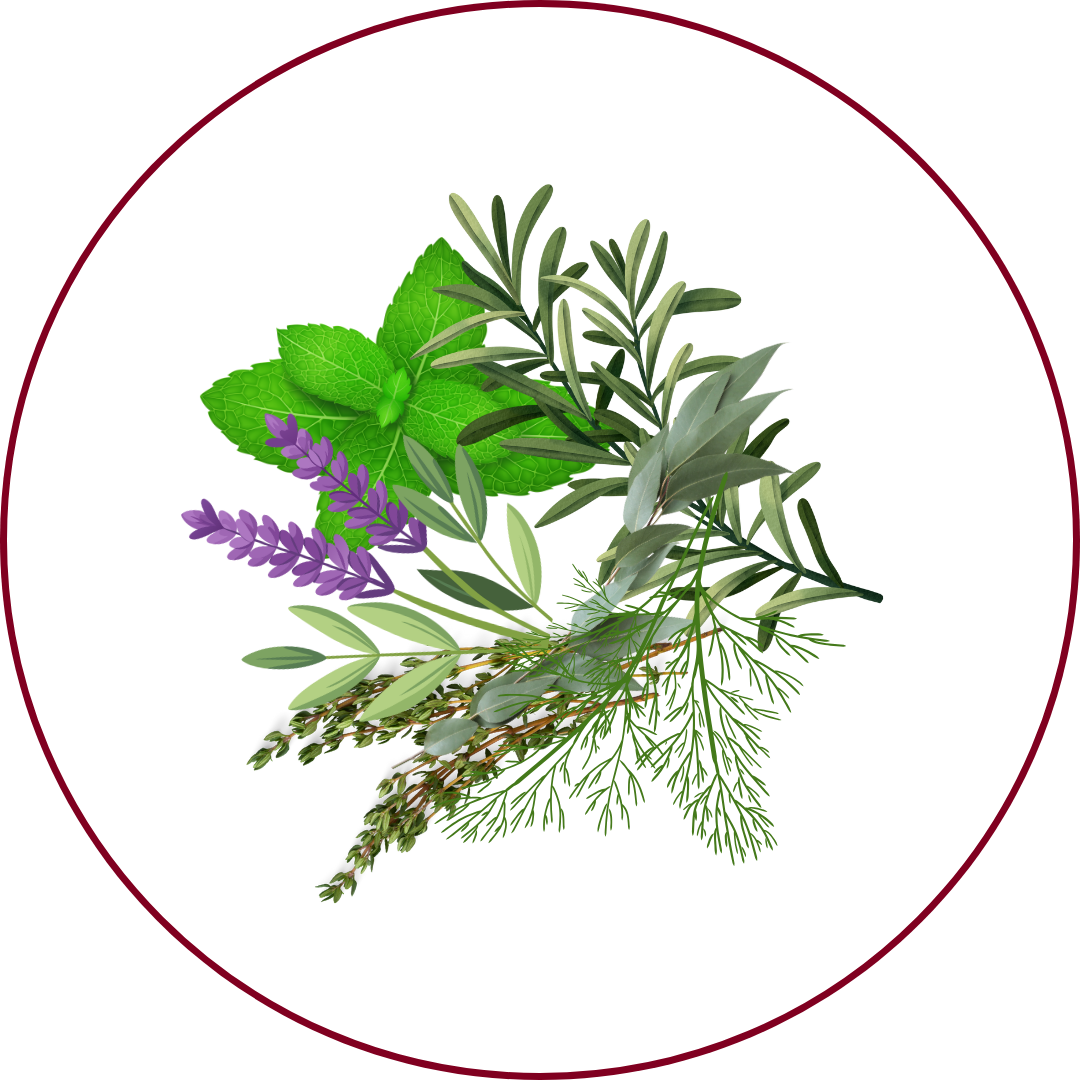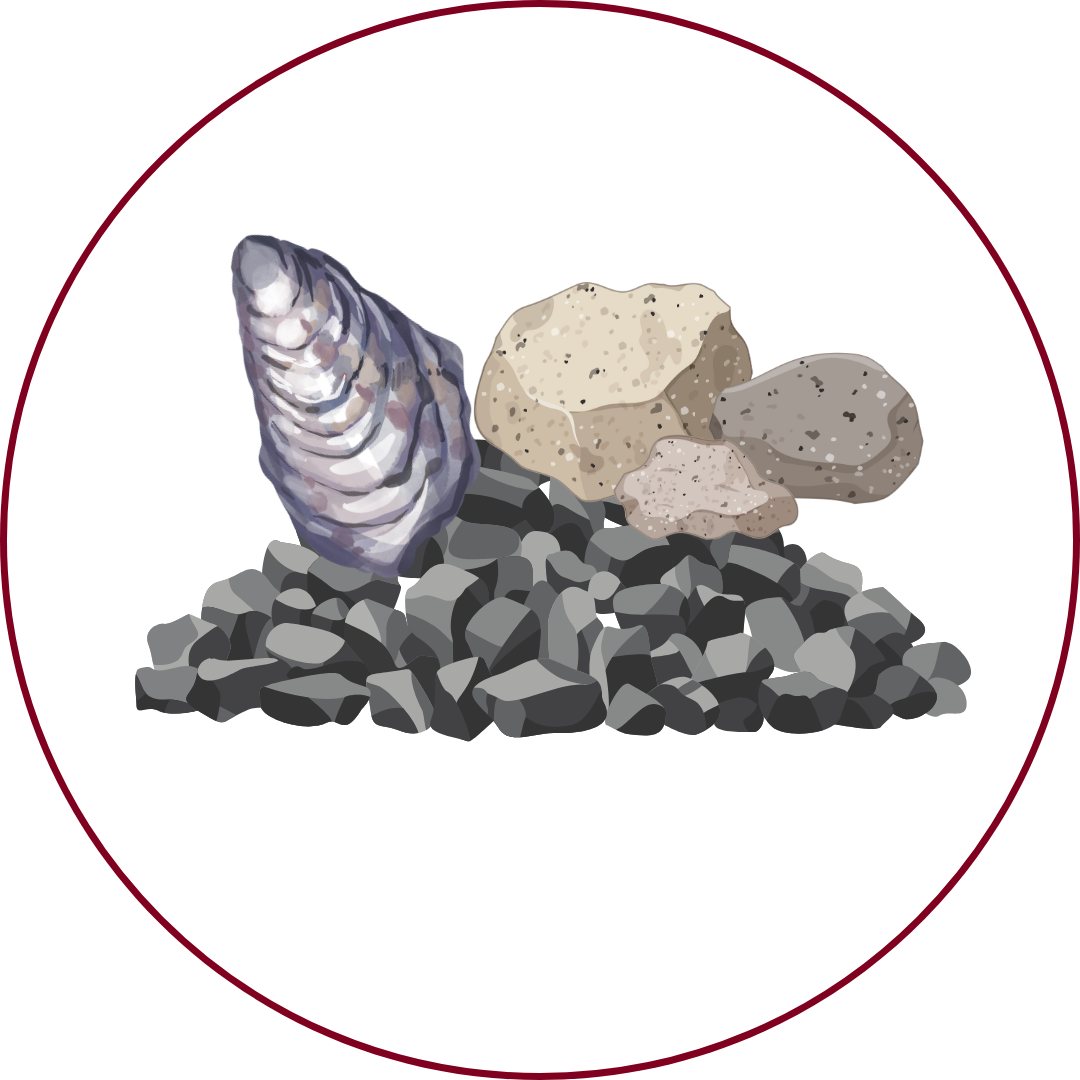Grape Variety
Aligote
"ah-lee-go-TAY"
Wine Styles
 Sparkling
Sparkling Light White
Light White Full White
Full White Aromatic
Aromatic Rosé
Rosé Light Red
Light Red Medium Red
Medium Red Full Red
Full Red Dessert
DessertAbout Aligote
Origin
Originated in the Burgundy region of France.
History
Aligoté is a white grape used to make dry white wines, especially in the Burgundy region of France where it was first recorded in the 18th century. Since it is tolerant to cold, this variety is also cultivated in Eastern European countries.
Appearance
Small to medium-sized berries with a greenish-yellow hue, growing in compact clusters.
Growing Traits
Early-ripening variety, tolerant to cold, and produces wines high in acidity that can be drunk young.
Wine Characteristics
Body
1/5
Sweetness
1/5
Tannin
1/5
Acidity
5/5
Alcohol
3/5
Light-bodied with a crisp and refreshing texture, offering a delicate and subtle mouthfeel. Typically dry, with minimal residual sugar, focusing on fresh and zesty flavors. Negligible tannin levels, characteristic of white wines, contributing to its smooth and clean profile. High acidity, providing a vibrant and mouth-watering sensation, enhancing its refreshing nature. Moderate alcohol content, typically ranging between 11% and 13%, making it suitable for various occasions.
Taste Profile

Apple

Lemon

Herbal

Mineral

Floral
Aligoté wines are characterized by fresh apple and lemon flavors, complemented by subtle herbal and floral notes. The high acidity and mineral undertones contribute to a crisp and refreshing finish.
Food Pairing
Aligoté's high acidity and light body make it an excellent match for seafood dishes, particularly shellfish like oysters and clams. It also pairs well with salads, light appetizers, and goat cheese. Its crispness complements dishes with citrus or herbal elements, and it's traditionally used in the Kir cocktail, mixed with crème de cassis.
Growing Regions

France
Burgundy (Bourgogne Aligoté AOC, Bouzeron AOC)

Romania
Various regions

Bulgaria
Stara Zagora Province around Chirpan

Ukraine
Various regions

Moldova
Various regions
Notable Wines & Producers
Bourgogne Aligoté AOC
Domaine A. & P. de Villaine
Domaine Sylvain Pataille
Bouzeron AOC
Domaine de Villaine
Aligote FAQ
Common questions about this grape variety
What is the origin of Aligote?
+
Originated in the Burgundy region of France.
Is Aligote wine full bodied?
+
Aligote has a body level of 1 out of 5. Which means that Aligote is Light bodied.
Is Aligote wine dry or sweet?
+
Aligote has a dryness level of 1 out of 5. Which means that Aligote is Dry.
Where is Aligote wine from?
+
Originated in the Burgundy region of France.
Where is Aligote grown?
+
Aligote is grown in France (Burgundy (Bourgogne Aligoté AOC, Bouzeron AOC))Romania (Various regions)Bulgaria (Stara Zagora Province around Chirpan)Ukraine (Various regions)Moldova (Various regions).
What is Aligote like?
+
Aligoté wines are characterized by fresh apple and lemon flavors, complemented by subtle herbal and floral notes. The high acidity and mineral undertones contribute to a crisp and refreshing finish.
What does Aligote pair with?
+
Aligoté's high acidity and light body make it an excellent match for seafood dishes, particularly shellfish like oysters and clams. It also pairs well with salads, light appetizers, and goat cheese. Its crispness complements dishes with citrus or herbal elements, and it's traditionally used in the Kir cocktail, mixed with crème de cassis.
What does Aligote taste like?
+
Aligoté wines are characterized by fresh apple and lemon flavors, complemented by subtle herbal and floral notes. The high acidity and mineral undertones contribute to a crisp and refreshing finish.
Take Aligote Knowledge with You
Access detailed grape profiles, tasting notes, and pairing suggestions on your iPhone.
Download on theApp Store